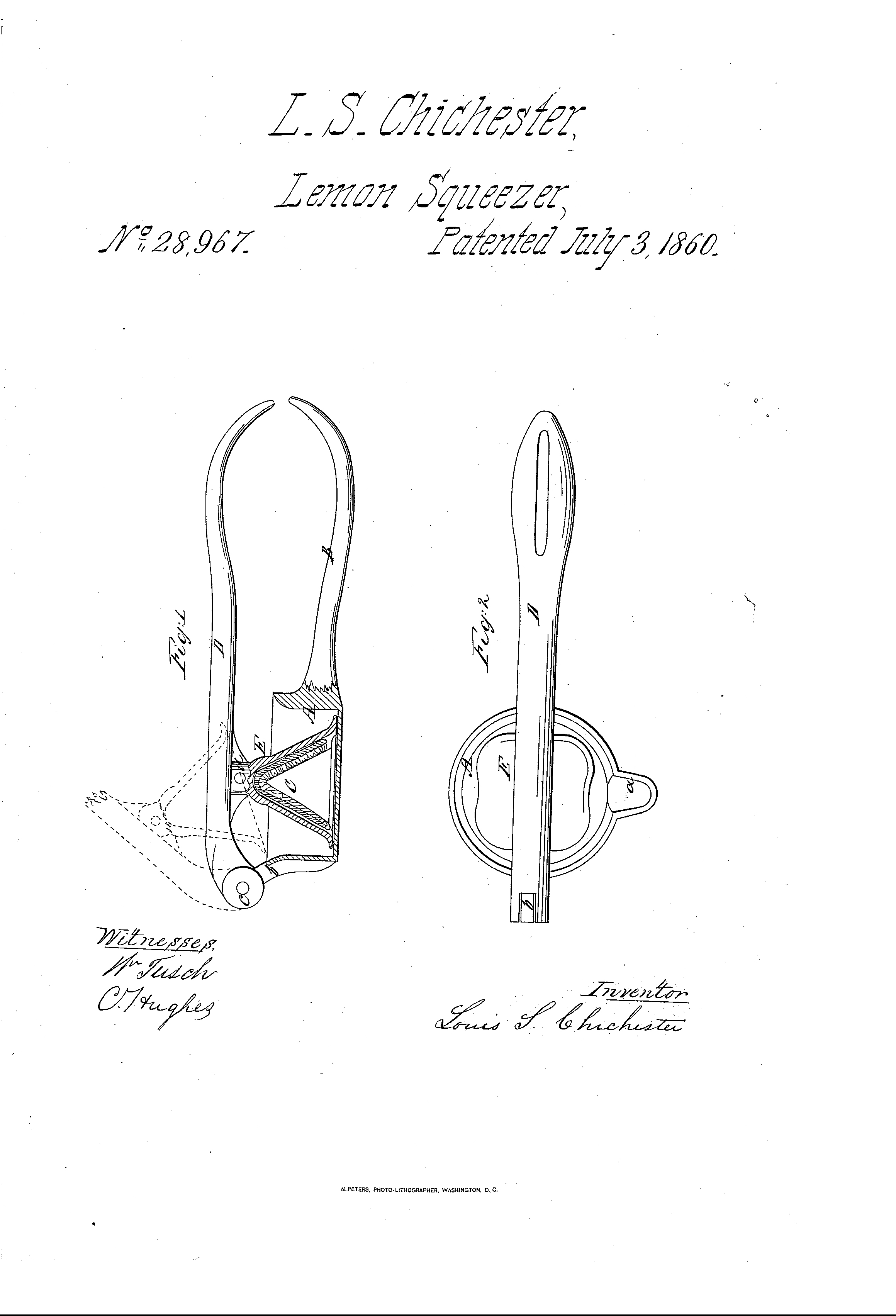Architecture
The Dresden Academy of fine Arts
The glass dome of the main building - colloquially referred to as "Lemon Squeezer"
The Dresden Academy of Fine Arts (German Hochschule für Bildende Künste
Dresden), often abbreviated HfBK Dresden or
simply HfBK, is avocational university of visual arts located
in Dresden, Germany. The present
institution is the product of a merger between the famous Dresden Art Academy,
founded in 1764, the workplace and training ground of a number of influential
European artists, and another well-established local art school, Hochschule für
Werkkunst Dresden, after World War II.
Hochschule für Bildende Künste Dresden
One of three buildings of today’s Dresden Academy of Fine
Arts, the former Royal Academy of Arts, built in 1894, is located at a
prominent position in town on Brühl's Terrace just next to the Frauenkirche. Since 1991, the
building built by Constantin Lipsius on Brühl's Terrace between 1887 and 1894 –
the glass dome of which is also known as Lemon Squeezer due to its form – has
been heavily renovated and the parts that were destroyed during World War II
were reconstructed. The studios for painting/graphic arts/sculpture/other
artistic media, the graphic workshops, the rector's office and the exhibition
rooms of the Academy, which house the annual graduation exhibitions of the
graduates, are located on Brühl's Terrace.
from inside the dome
Collection of Auckland War Memorial Museum Tamaki Paenga Hira, presented by LH Armstrong, 1982.127, U227.3
The lemon squeezer hat, adopted by the New Zealand Army
during WW1 has become a visible national distinction for the New Zealand Army.
In New Zealand this style of hat was first adopted by the Wellington Regiment
circa 1912 and by 1916 became general issue for all New Zealand Army units,
replacing the slouch hat issued at the beginning of WW1. Different branches of
the service were distinguished by different coloured puggarees (hat bands) worn
around the base of the crown. During WW1 the lemon squeezer was not unique to
the New Zealanders. A similar hat was worn by the US Army [and by the
Canadians].
This lemon squeezer with
infantry puggaree and Auckland Regiment badge belonged to Leonard J Armstrong,
3rd Auckland (Countess of Ranfurly’s Own) Regiment . During WW1 13/5 Trooper LJ
Armstrong served with the Auckland Mounted Rifles but the hat dates from his
later service with the Territorials.
Many campaign hats are in evidence among U.S. infantry troops during the Pancho Villa campaign of 1916
The origins of the hat can be traced to the 1840s when army troops posted in the west took to wearing civilian hats which were far more practical than the shakos or kepis then in vogue with most western armies. The name started to be used after the 1872–1876 regulations which introduced a black felt hat — which could be drab after 1883 — for fatigueuse derived from the types popularized during the American Civil War. Some were worn with campaign cords mainly a form of decoration.
At least as early as 1893, hats of this type were being re-creased into pointed tops, in order to keep off rain, by British South Africa Company Scouts in Africa (see photo of Maurice Gifford at left). Three years later in 1896, these scouts introduced the hat to British officer Sir Robert Baden-Powell, who in turn would introduce it to the South African Constabulary and the Boy Scouts (see below). The 1,200 Canadian troops serving under Baden-Powell were the first to wear the Campaign Hat as a part of their official uniform, and this very likely influened Baden-Powell's decision to order 10,000 of the hats for the British troops.
A few years later, during the Spanish–American War the standard central crease on the crown was again found to be impractical as it tended to hold the rainwater from the frequent tropical downpours. Many soldiers again reshaped the crown to form a pinched "Montana peak." The army officially adopted the peaked design 8, Sept.1911 as "1911 Hat, Service, M1911 (Campaign Hat.)"
A manual citrus juicer illustrating the ribbing which gave the name "lemon-squeezer" to campaign-hats with the most prominent creases.
By the 1930s the felt was made very stiff with a permanently flat brim. Due to the frequent wearing of helmets in France in World War I, most troops received a copy of the French bonnet du police that became known as the overseas cap. In 1942 the campaign hat ceased to be issued generally, but it was still commonly found in the Pacific theatre for much of the war, and was the trademark of GeneralJoseph Stilwell.Through the World War I era, the campaign hat worn by American soldiers was fairly soft. Those worn by the United States Army's General officers had a golden cord around it, whereas other Commissioned officers had a golden-and-black Campaign cord around their hat. Field Clerks, as well as their post-war successors the Warrant officers, had a silver-and-black cord, while other ranks had cords in their branch-of-service colors. The United States Marine Corps had the Eagle, Globe, and Anchor badge in black at the front of their campaign hats; its officers had an additional golden-and-scarlet cord around their hat, whereas its other ranks had none.
Frederick Russell Burnham in Africa (middle) shown in 1893 working as a British South Africa Company Scout, three years before meeting Baden-Powell and introducing Baden-Powell to the "Scout" hat with a Montana crease. In this photo, Burnam is not wearing a peaked campaign-type hat, but this comrade Maurice Gifford(at right) is wearing an early one.
Smith &
Wesson Lemon Squeezer
The Smith& Wesson Lemon Squeezer or
the "Safety Hammerless" is a double action revolver that was produced
in the late 1880s bySmith & Wesson. The revolver was chambered in .32 S&W and .38 S&W calibers; these calibers were
discontinued just before World War 2. The gun went through a few changes until
1952, when the safety hammerless concept was applied to Smith &
Wesson's J-frame. The finished product became the Model 40 and 42
chambered in .38 Special.
The gun is known as the Centennial as it was produced in the 100th anniversary
of the founding of Smith & Wesson.
Lemon squeezer pistol - Similar to a derringer but with 8 shots. Easily concealed but useless at long range. Its .22 caliber bullets have little stopping power.
I believe the feature with these is that they were "Lemon Squeezers". In order to shoot one you have to squeeze the grip hard enough to disengage the safety, and they were double action only (see it says 'safety hammerless') with a 10 pound trigger pull. So, 90 years ago, this scene was not considered the height of irresponsibility.
Presumably, if the child had a Colt SAA or a M1911A1 it would be bad, and beyond the pale for a marketing scheme... Those guns go off if you LOOK at them crooked. Or did in the 1920s.
No word on what happens when your wee bairn gets a certain grip strength.
Presumably, if the child had a Colt SAA or a M1911A1 it would be bad, and beyond the pale for a marketing scheme... Those guns go off if you LOOK at them crooked. Or did in the 1920s.
No word on what happens when your wee bairn gets a certain grip strength.
The following images where found in different web sites from different artists and different techniques and found very litte information about it information and so different topics as the ones we will see beyond, their
heart of lemon squeezer http://www.flickr.com/photos/bobbytatt/4152550831/
http://www.laurelines.com/2007/04/elizabeth_two_w.html
Using a large ( size 12) brush, was made a green and yellow sketch of lemon squeezer, made by Laura Murphy Frankstone
A lemon squeezer stands on the table as polygon crystal. Squeeze the lemon by using edges of the cornet.







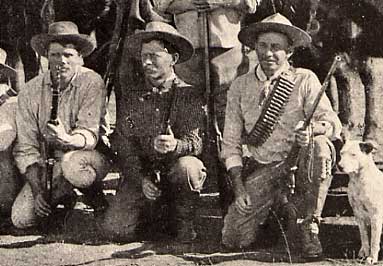

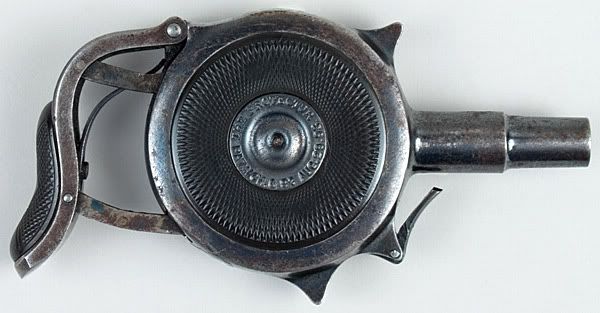





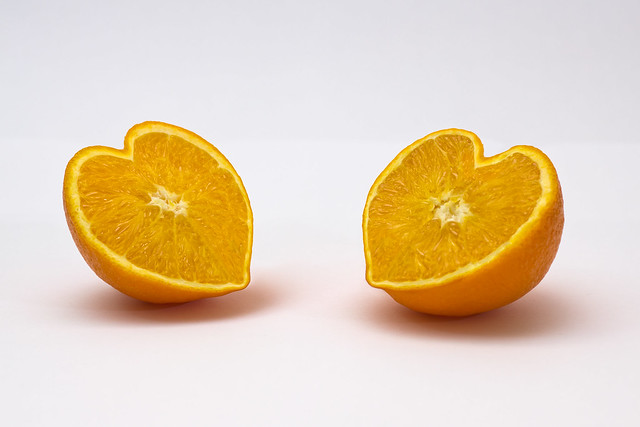

.jpg)
.jpg)
.jpg)







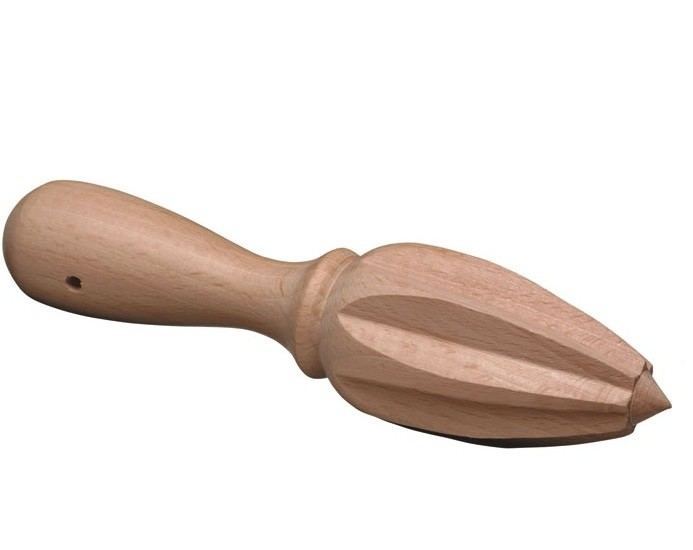
.jpg)






